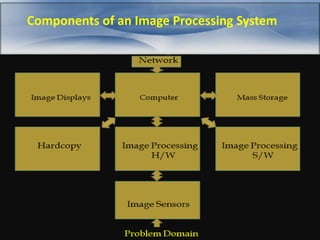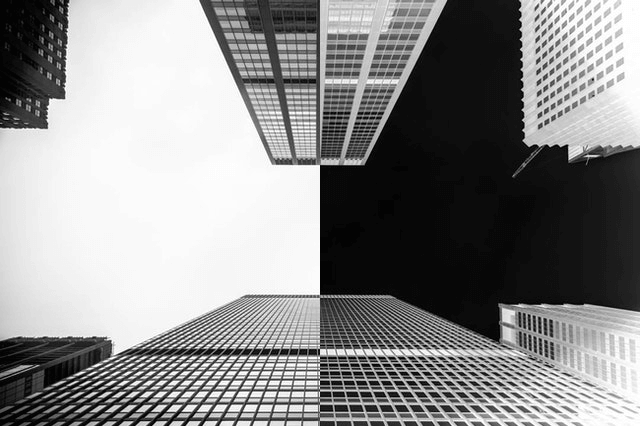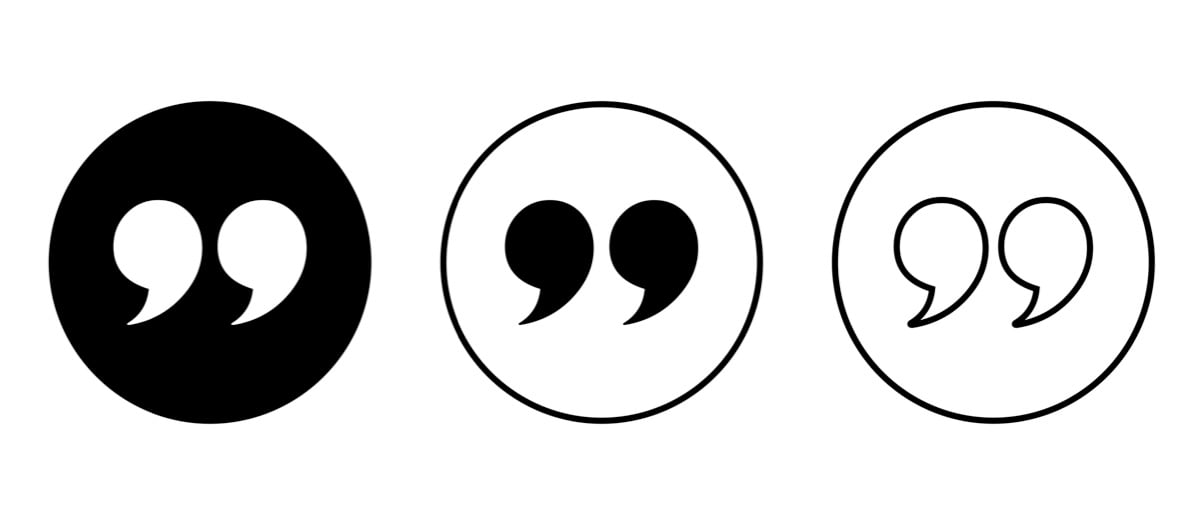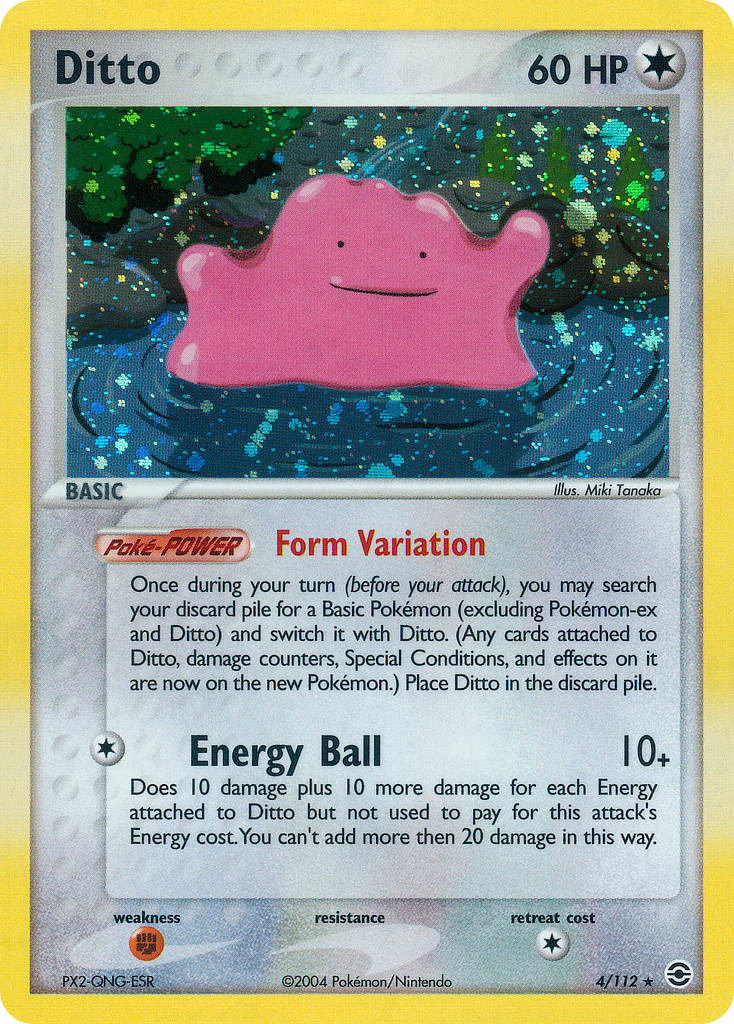Image Processing Algorithms Part 7: Colour Inversion And Solarisation
Por um escritor misterioso
Last updated 07 julho 2024

Colour inversion, also known as the negative effect, is one of the easiest effects to achieve in image processing. Colour inversion is achieved by subtracting each RGB colour value from the maximum…

Image Processing Algorithms Part 7: Colour Inversion And

Image processing sw & hw

PDF) Time for a shift in crop production: embracing complexity

pixl-canvas-plus - npm Package Health Analysis

Analysis of soil bacterial communities and physicochemical

Multiple Pretext-Task for Self-Supervised Learning via Mixing

Robust Distribution‐Aware Color Correction for Single‐Shot Images

A deep learning framework based on improved self‐supervised

Time-resolved in situ nanoparticle size evolution during magnetron

Structural and Mechanical Response of Two-Component
Recomendado para você
-
 Invert PNG Colors – Online PNG Maker07 julho 2024
Invert PNG Colors – Online PNG Maker07 julho 2024 -
 How to Invert the Colors on a Picture (and Why You Might Want To)07 julho 2024
How to Invert the Colors on a Picture (and Why You Might Want To)07 julho 2024 -
 How to Invert Image Colors - GIMP tutorial07 julho 2024
How to Invert Image Colors - GIMP tutorial07 julho 2024 -
 How to Invert Color using CSS Filter07 julho 2024
How to Invert Color using CSS Filter07 julho 2024 -
 How to Invert Colors in Canva - Canva Templates07 julho 2024
How to Invert Colors in Canva - Canva Templates07 julho 2024 -
 How to Invert Screen Colors on iPhone & iPad07 julho 2024
How to Invert Screen Colors on iPhone & iPad07 julho 2024 -
 9 Best Image Inverters to Invert Colors Without Quality Loss07 julho 2024
9 Best Image Inverters to Invert Colors Without Quality Loss07 julho 2024 -
 Flashing Invert Color Effect Adobe Premiere Pro (Tutorial / How07 julho 2024
Flashing Invert Color Effect Adobe Premiere Pro (Tutorial / How07 julho 2024 -
 Quick Tip - How to invert colors using Photoshop07 julho 2024
Quick Tip - How to invert colors using Photoshop07 julho 2024 -
 How to Invert Colors on iPhone 1407 julho 2024
How to Invert Colors on iPhone 1407 julho 2024
você pode gostar
-
 WillyWiyam - All JoJo's Animated main protagonist in OINGO BOINGO STYLE + bonuses07 julho 2024
WillyWiyam - All JoJo's Animated main protagonist in OINGO BOINGO STYLE + bonuses07 julho 2024 -
 Ditto, FireRed & LeafGreen07 julho 2024
Ditto, FireRed & LeafGreen07 julho 2024 -
 Professor Yan - EDB - Escola de Bruxos07 julho 2024
Professor Yan - EDB - Escola de Bruxos07 julho 2024 -
 A Look Inside: Lone Survivor - On Demand & Digital HD07 julho 2024
A Look Inside: Lone Survivor - On Demand & Digital HD07 julho 2024 -
 Before i die boy withuke lyrics|TikTok Search07 julho 2024
Before i die boy withuke lyrics|TikTok Search07 julho 2024 -
Kirby™ and the Forgotten Land for Nintendo Switch - Nintendo07 julho 2024
-
 The Eminence in Shadow 2nd Season Hits Japanese TV October 407 julho 2024
The Eminence in Shadow 2nd Season Hits Japanese TV October 407 julho 2024 -
 Luís Graça & Camaradas da Guiné: Guiné 61/74 - P17434: Efemérides07 julho 2024
Luís Graça & Camaradas da Guiné: Guiné 61/74 - P17434: Efemérides07 julho 2024 -
 Assassin's Creed (2016) - Filmaffinity07 julho 2024
Assassin's Creed (2016) - Filmaffinity07 julho 2024 -
 The Ultimate F*** You! - Chapter Nine: F•R•I•E•N•D•S - Wattpad07 julho 2024
The Ultimate F*** You! - Chapter Nine: F•R•I•E•N•D•S - Wattpad07 julho 2024
